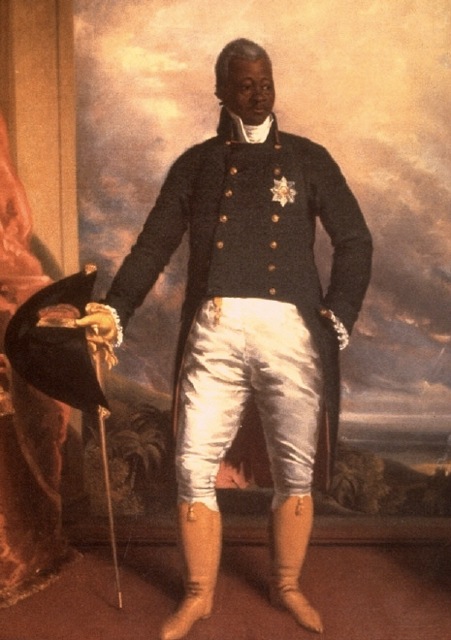Jan
17
Leyendas de Guatemala [2/2]
Posted by: | January 17, 2010 | Comments Off on Leyendas de Guatemala [2/2]
Whew, my goodness! Weekends go by WAY too fast around here…
Alrighty – the long and the short of it, there’s so many religious subtleties hidden in these words that I feel like I have no idea what’s really going on! I really enjoyed the idea of a play – it made everything much easier to visualize, especially when their actions/body language was put into parentheses. However, I wish I understood more about the actual culture and/or religion in order to fully appreciate the ideas that are being presented.
I understand the basics of these legends: the representation of the cortinas as the three colors [red, yellow, black] signify the passing of the day, as Guacamayo repeated numerous times in the primera cortina amarilla “de la manana a la tarde, de la tarde a la noche…” etc. I also understand the association with colors and people, and their supposed roles in this society.
The things I found most interesting were the (invisible) people, the transition between reality and realismo magico, the use of philosophical tangents, and the endless repetition of words and names. As for the invisible people – I imagined them much like genies, they could dole out words of advice from anywhere/for anyone, yet still be able to disappear/reappear when they pleased. To me, it seemed like the cortinas amarillas were set in a sort of ‘reality’ in comparison to the cortinas negras being in the world of ‘realismo magico’. As for the cortinas rojas, they seemed to be the transition between the two worlds. I found this idea of a nightly magical world to be humorous, especially when Guacamayo said “la noche se hizo para la mujer”. During all of the cortinas, I felt as though there was no direct conversation about whatever was occurring – instead, they enjoyed dancing around the topic in a philosophical manner, which was at first slightly confusing but now makes a bit of sense. To me, their philosophical tangents and ideas represented the argument that people should figure out the answers to their own questions, rather than be directly given them without any effort put forth. Lastly, the repetition of words and phrases, especially in relation to “cuac cuac…acucuac cuac” seemed to be rather significant in that there was much emphasis placed upon the repeated words. After a while, I couldn’t get much deeper of a meaning than this, and started to imagine Guacamayo as a duck every time he repeated the (prior mentioned) phrase.
Obviously, all my imagination-based ideas seem silly, but seeing as the second part of the book was indeed a play, it was much easier to visualize the people/animals/genies interacting rather than just reading the words. 🙂

